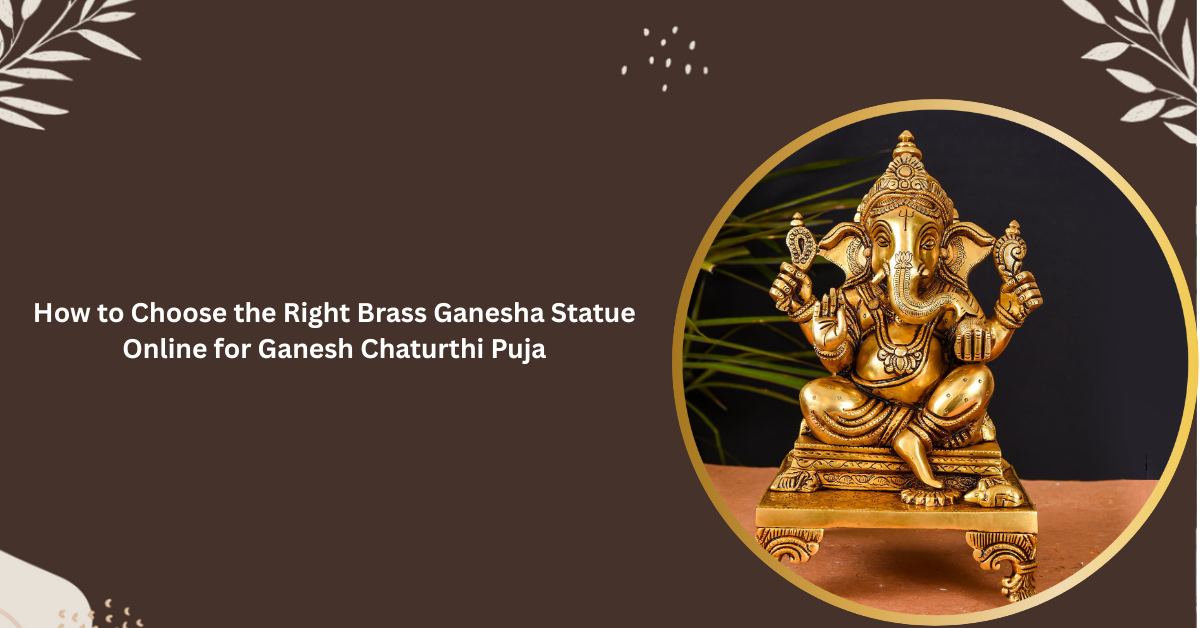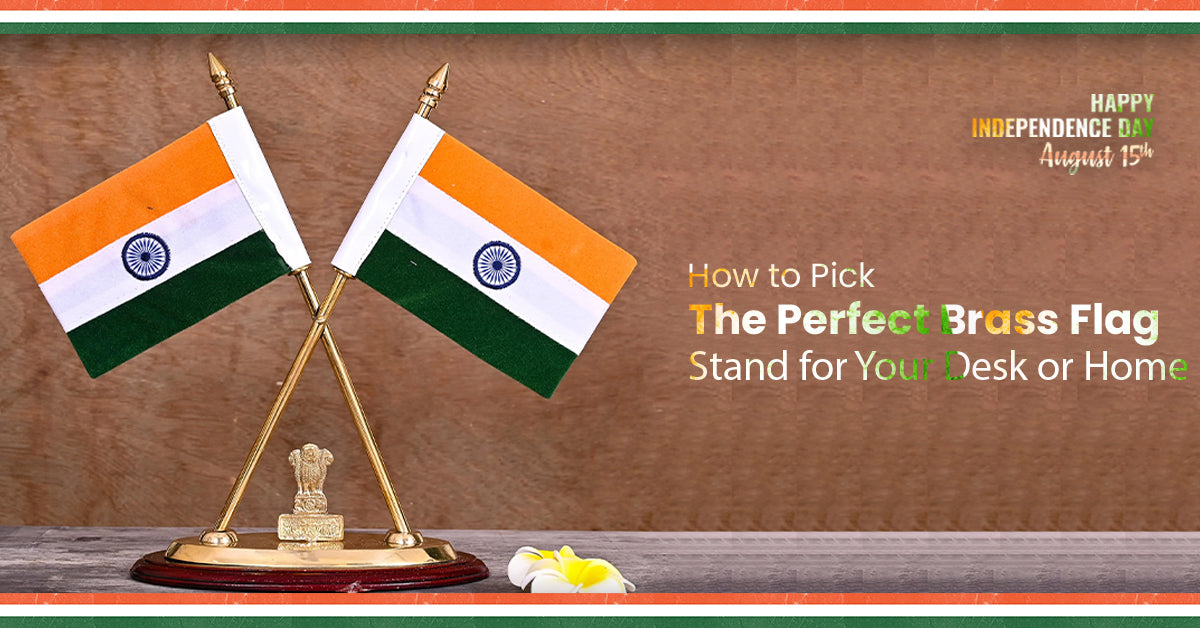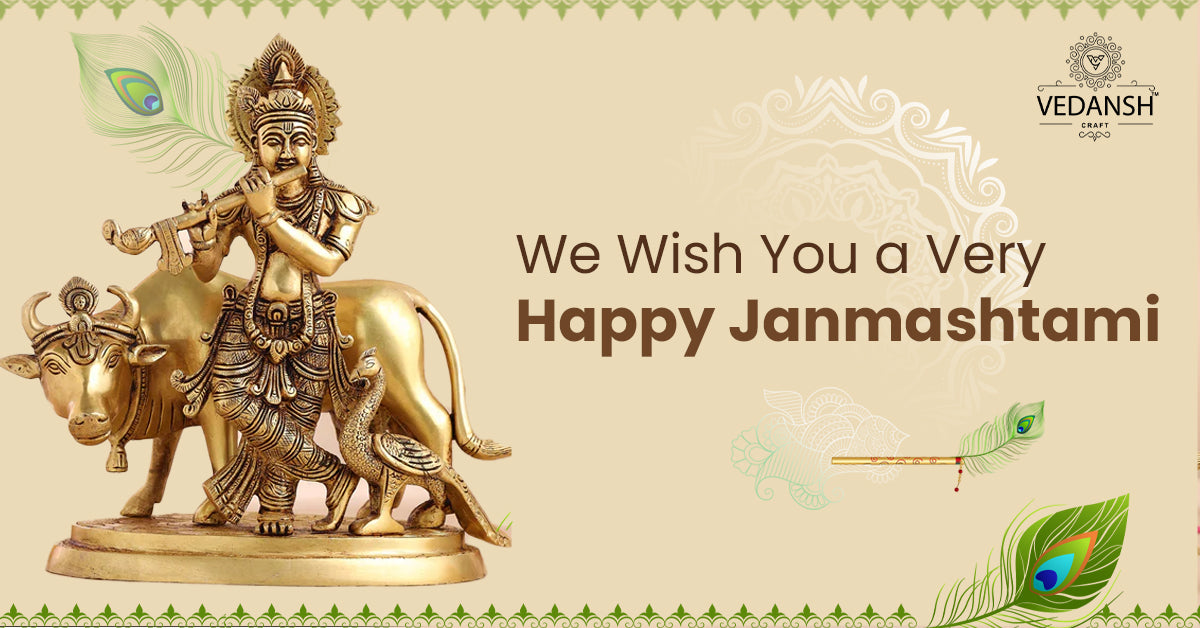

Interesting Facts about Lord Murugan/Kartikeya
, by javed techqart, 4 min reading time
Lord Murugan, revered in Hinduism, is a deity symbolising courage, wisdom, and victory. Also known as Kartikeya, Skanda, or Subrahmanya, he is the son of Lord Shiva and Goddess Parvati. Depicted with six faces and a peacock as his mount, Murugan is a warrior god worshipped for overcoming adversity. His divine lance, or "vel," is a symbol of piercing through ignorance and obstacles. Devotees seek his blessings for spiritual growth, success, and protection. The primary Hindu god in Tamil Nadu is Murugan. In addition India, Malaysia, Singapore, Mauritius, Reunion Island, and Sri Lanka all hold great regard for God Kartikeya. The Hindu deity Kartikeya is the child of Lord Shiva and Goddess Parvati, and the sibling of Lord Ganesha.
Interesting Facts about Lord Murugan
Lord Murugan, also known as Kartikeya, is a captivating deity with six faces, revered for his martial prowess, divine marriages, and role as a guardian god in Buddhism and Jainism. Here are some hidden facts about lord Murugan
- Good Looking, God
Amongst every deity, the deity Kartikeya is the most attractive and charming. He is frequently characterized as having a stern countenance but emanating a youthful charm, in contrast to his rotund, cheerful sibling, Ganesh. He was frequently portrayed as a quiet and peaceful figure with an appearance that mirrored the brightness of the full moon. Destined to Kill Tarakasura
- The 6-Face God
Parvati, the Hindu goddess, married Shiva and meditated in a cave. Cosmic energies formed a fireball. Gods feared Tarakasura, so Agni tried to hold it. Unable, he gave it to Ganga. The fiery baby, Shanmuga, had six faces, named by Pleiades' six caretakers.
- Lord Murugan sawari (सवारी)
Lord Murugan, also known as Kartikeya, rode a peacock named Paravani. During a duel, his lance pierced the Asura Surapadma, who regretted his challenge. Transforming into a tree, Murugan emerged with a peacock and rooster insignia.
- Kartikeya Discovers meaning of OM
Seeking the meaning of Om, Kartikeya turned to Lord Shiva after dissatisfaction with Lord Brahma's explanation. Despite acknowledging Brahma's supremacy, Shiva confessed his lack of understanding. In a unique twist, Kartikeya became the Guru, unveiling Om's profound truth to Shiva earning the title Swaminatha, the revealer of sacred secrets.
- Lord Kartikeya marriage
Born in Lord Vishnu's eyes, Amritavalli and Saundaravalli had a deep affection for Skanda. Under Skanda's leadership, Saundaravalli assumed the shape of Valli near Kanchipuram, and Amritavalli became Devasena under Indra. In a jubilant ceremony, Skanda wed Devasena following his victory over Surapadman. Indra was recrowned in Thiruparankundram, the holy union took place at Skandagiri, and Skanda eventually married Valli at Tiruttani.
- Celebrations in Honor of Lord Kartikeya
In Odisha, Kartikeya is worshipped on Sharad Purnima in order to grant brides' blessings. Thaipusam commemorates the triumph of Tarakasura against Kartikeya. In South India, Skanda Sashti commemorates Kartikeya's victory against Taraka, signifying the victory of good over evil.
- Lord of War
He goes by the names Yuddharanga and Deva Senapati as well. The God of war and general of the gods' army, Kartikeya, is renowned for his incredible power and abilities. He was the epitome of perfection—brave, brilliant, and exceptionally adept at the art of battle. Since his primary purpose in creation was to defeat demons, which stand for sinister human impulses, he is regarded as the commander in chief of the devas. Lord Kartikeya is a born warrior because he was created to destroy Tarakasura.
- The Buddhism and Jainism
According to Richard Gombrich, Skanda is a guardian god in Theravada Buddhism practiced in Sri Lanka and Thailand, as evidenced by writings such as Nikaya Samgraha. Both Buddhists and Hindus are drawn to the Skanda-focused Kataragama shrine in Sri Lanka. Skanda is represented as Weituo, the protector of monasteries, in Chinese Buddhism. Skanda is also incorporated into Korean Buddhism.
Blog posts




